The Gift of South Dakota
Subscriptions to South Dakota Magazine make great gifts!
Subscribe today — 1 year (6 issues) is just $29!
The Ghost Forests of LaFramboise Island
Mar 4, 2020
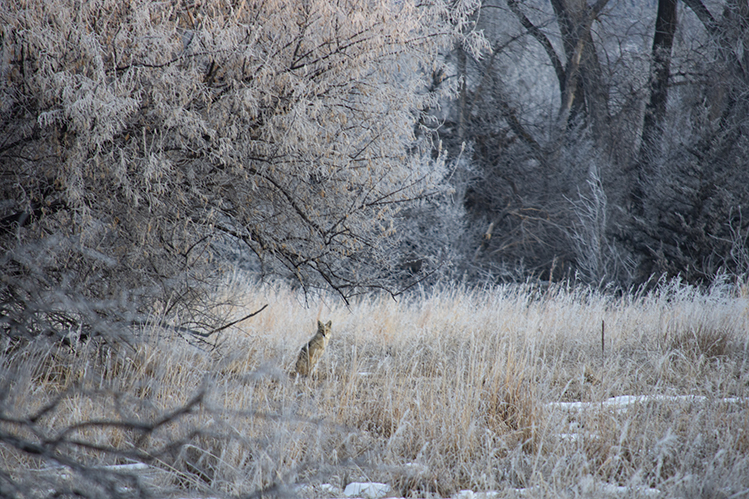 |
| Wildlife abounds on LaFramboise Island near Pierre, but its cottonwood forests are in jeopardy. |
LaFramboise Island in Pierre is a ghost forest. South Dakota is full of ghost towns — little towns that were on the cusp of middlin' until the railroad changed course or the county seat went elsewhere. Now they're in transition, possibly into the absence of any sign of ever having been a town at all.
The Lewis and Clark expedition passed this island in September of 1804, calling it "Good Humored Island." Clark wrote in his journal of seeing many elk and buffalo here. Later, the isle was named for fur trader Joseph LaFramboise, who established a trading post at the mouth of the Bad River. The sliver of forest on the Mo can be seen in artist Karl Bodmer's 1833 depiction of Fort Pierre.
From at least the late 19th century, LaFramboise was partially cultivated. In 1962, the Army Corps of Engineers purchased all of the land in preparation for construction of the Oahe and Big Bend dams.
LaFramboise Island hosts a surprising diversity of habitat in its 580 acres, with (potentially doomed) cottonwood forests, grasslands, dense tangles of juniper forest and cattail marshes.
There are over 7 miles of trail. You can hike along the Missouri River with views of the snowy Western bluffs, great-horned owls hooting from cottonwoods overhead, then cut through dark juniper forests where, in winter, deep cracks furrow the thick sheets of ice you're walking on. The forests open on to a central meadow where deer browse on brome while hawks and coyotes hunt for rabbit or vole. Then back through the forest to a tiny isthmus with views of the Capitol dome across the river.
According to a 2004 study by the South Dakota Game, Fish and Parks Department, the cottonwood forest is in decline, as part of a "successional sequence" on the Missouri River floodplain, that generally "begins with colonization by cattails or sandbar willow, develops through transitional phases to a plains cottonwood dominated forest, and finally, in the absence of stand replacing floods, develops into a mixed deciduous forest." The study predicted that "junipers are clearly the future forest of LaFramboise Island."
Walking the island, copses of downed cottonwoods do have a funerary feel, as they recede before the encroaching cedar tunnel. The ghost forest is still in mediation with the forest future on this river island that has survived a flood some did not, where change is everywhere underway.
Michael Zimny is a content producer for South Dakota Public Broadcasting and is based in Rapid City. He blogs for SDPB and contributes columns to the South Dakota Magazine website.


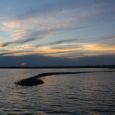
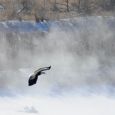
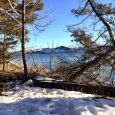
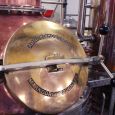
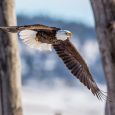
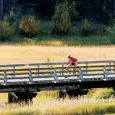


Comments